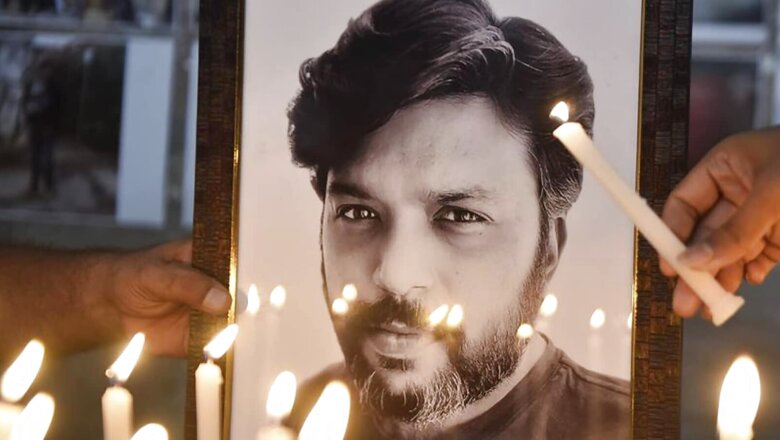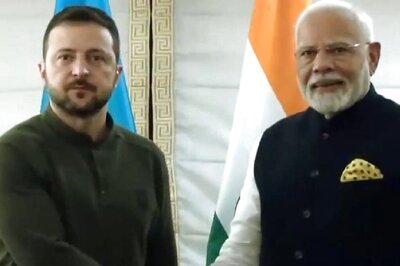
views
Body of Pulitzer-winning Reuters photojournalist Danish Siddiqui, who was killed in Afghanistan earlier this month, was badly mutilated in the custody of Taliban, officials said. 38-year-old Siddiqui was on assignment in Afghanistan when he died on July 16.
The award-winning journalist was killed while covering clashes between Afghan troops and the Taliban in Spin Boldak district of Kandahar city neighboring Pakistan. Initial photographs from the scene showed Siddiqui’s body with multiple wounds but fully intact, a report in New York Times said.
However, by evening when the body was handed over to the Red Cross and transferred to a hospital in the Southern city Kandahar, the body had been badly mutilated, according to two Indian officials and two Afghan health officials.
The report said that after reviewing multiple photographs of the journalist’s body, provided by the Indian officials and Afghan health workers, showed that the body was mutilated. An official said the body had nearly a dozen bullet wounds and that there were tyre marks on Siddiqui’s face and chest.
A health official in Kandahar said that Siddiqui’s body along with his press vest, reached the city’s hospital around 8pm on the day he was killed. An official also said that his face was unrecognizable and it couldn’t be determined what had been done to his body.
There have been conflicting report about Siddiqui’s death on July 16, as the Indian journalist died while he was embedded with Afghan special forces in an attempt to retake Spin Boldak.
Hours after the news of Siddiqui’s demise spread, the Taliban denied a role in his death. Denying that Taliban had a hand in Siddiqui’s killing, its spokesperson Zabiullah Mujahid said, “We are not aware during whose firing the journalist was killed. We do not know how he died.”
However, a report in US-based magazine, published on Thursday, indicated that he was not simply killed in a crossfire nor was he simply collateral damage, but was “brutally murdered” by the Taliban after verifying his identity.
According to the Washington Examiner report, during the clash Siddiqui was injured and went to a local mosque where he received first aid. But Taliban attacked the mosque only because of Siddiqui’s presence there and the report added that Siddiqui was alive when the Taliban captured him. The Taliban verified Siddiqui’s identity and then executed him, as well as those with him. The commander and the remainder of his team died as they tried to rescue him, it said.
However, the claims couldn’t be confirmed. One Indian official, however, said that some of Siddiqui’s wounds appeared to be from gunshots at close range.
Though Taliban has denied any wrongdoing, but they were in control of the area at that time. Some photographs from that time showed the group’s fighters standing around Siddiqui’s body, which was then intact.
Siddiqui won the Pulitzer Prize in 2018 as part of the Reuters team for their coverage of the Rohingya crisis. He had extensively covered the Afghanistan conflict, the Hong Kong protests and other major events in Asia, Middle East, and Europe. Siddiqui was laid to rest at the Jamia Millia Islamia graveyard where a sea of mourners gathered to pay their last respects.
His body arrived at the Delhi airport in the evening of July 18 and was later brought to his residence in Jamia Nagar where a huge crowd, including his family and friends, had gathered.
Read all the Latest News, Breaking News and Coronavirus News here.




















Comments
0 comment